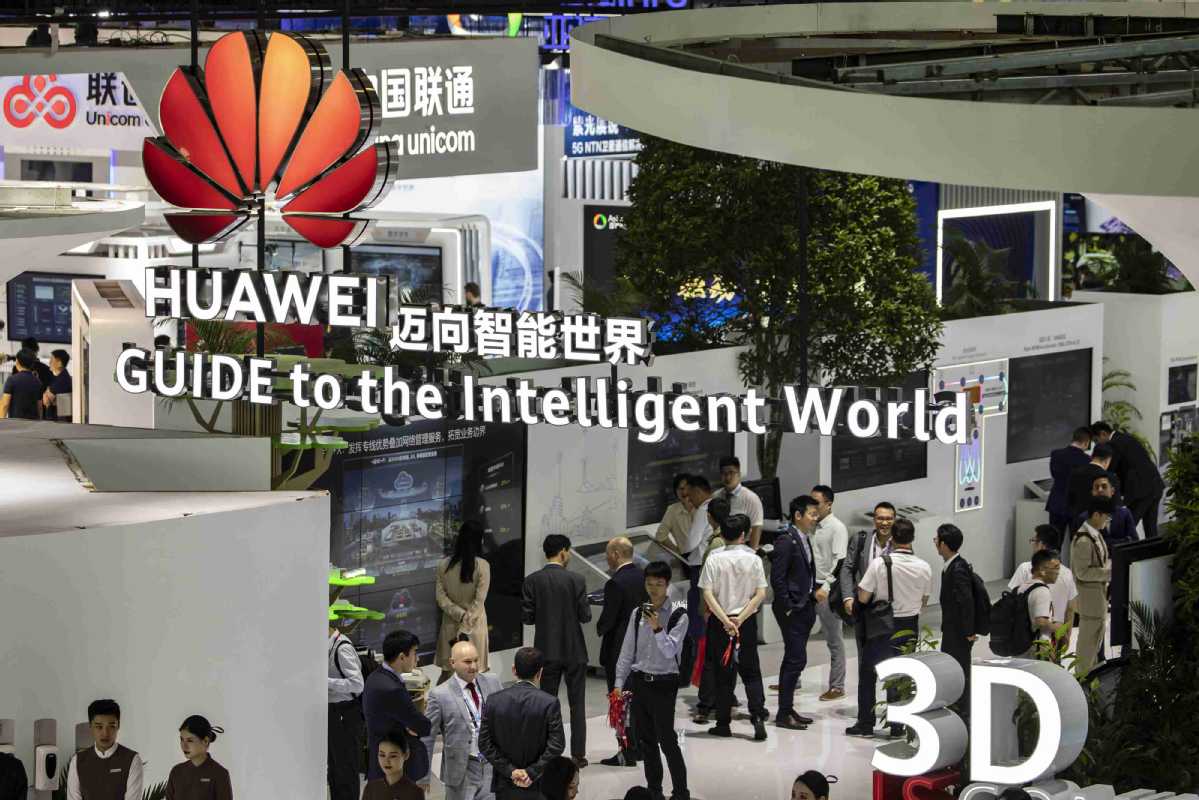Huawei reveals royalty rates for innovative products


Huawei Technologies Co unveiled on Thursday the royalty rates for its handsets, Wi-Fi devices, and the internet of things products, as part of a broader push to share cutting-edge innovations in areas where the technology behemoth is a top standards-essential patent holder.
The move, which is also aimed at supporting the common, sustainable development of industries globally, comes at a time when Huawei has become one of the largest patent holders in the world with more than 120,000 active patents, following decades of heavy investment in research and development.
"Huawei firmly believes that openness and collaboration lead to shared success, so we work with our industry partners to build an ecosystem for shared growth," said Song Liuping, chief legal officer of Huawei, at the company's annual flagship event on innovation and intellectual property protection in Shenzhen, Guangdong province.
At the event, Huawei said the royalty rate caps for 4G and 5G handsets are $1.5 per unit and $2.5 per unit, respectively. Its royalty rate for Wi-Fi 6 consumer devices is $0.5 per unit. For the internet of things devices, the rate for IoT-Centric devices is 1 percent of the net selling price, capped at $0.75, while the rate for IoT-Enhanced devices ranges from $0.3 to $1 per unit.
A positive cycle where innovators are protected, rewarded and encouraged is key to sustainable innovation, said Fan Zhiyong, vice-president and head of the intellectual property rights department at Huawei.
"Huawei takes a balanced approach to patent licensing. We believe reasonable royalty rates will incentivize both the creation and adoption of innovations," he said.
To date, Huawei has entered into almost 200 bilateral patent licenses, according to Fan.
In addition, over 350 companies have obtained licenses to Huawei's patents through patent pools.
Under these licenses, Huawei's total past royalty payments to other companies is about three times its total royalty collections, and its 2022 licensing revenue amounted to $560 million. In comparison, its total revenue hit 642.3 billion yuan ($89.7 billion) in 2022.
It is common practice for tech companies to charge fees for the use of their patents, and royalty rates that Huawei charges are lower than those of its competitors, such as Finnish telecom company Nokia and Sweden's Ericsson, said Xiang Ligang, director-general of the Information Consumption Alliance, a telecom industry association.
Nokia said on its website that it charges up to 3 euros ($3.58) per phone (in 2018) for its 5G standard essential patent portfolio. Ericsson said on its website that it charges $2.50 to $5 per device.
Xiang said Huawei deserves a reasonable return on its long-term investment in R&D.
According to Huawei, over the past 10 years, its total R&D investment had exceeded 977 billion yuan. In 2022 alone, despite all the challenges, Huawei said it invested 161.5 billion yuan into R&D, or 25 percent of its total revenue.
Last year, Huawei was once again the most active patent applicant at the European Patent Office, with filings up 27.1 percent.
"When we looked at the figures, we were very struck by this development. Huawei is about 1,000 applications ahead of the second most active applicant. It's a remarkable effort made in 2022," Aidan Kendrick, chief business analyst at EPO, told China Daily.
Tomas Lamanauskas, deputy secretary-general of the International Telecommunication Union who addressed the event remotely, said Huawei has been a key player in the collaborative process of supporting cost-effective, inclusive innovation of scale.
"As we continue to tackle global challenges and work toward rescuing the Sustainable Development Goals (SDGs), conducive policies and frameworks are essential to help innovation ecosystems flourish," Lamanauskas added.



































